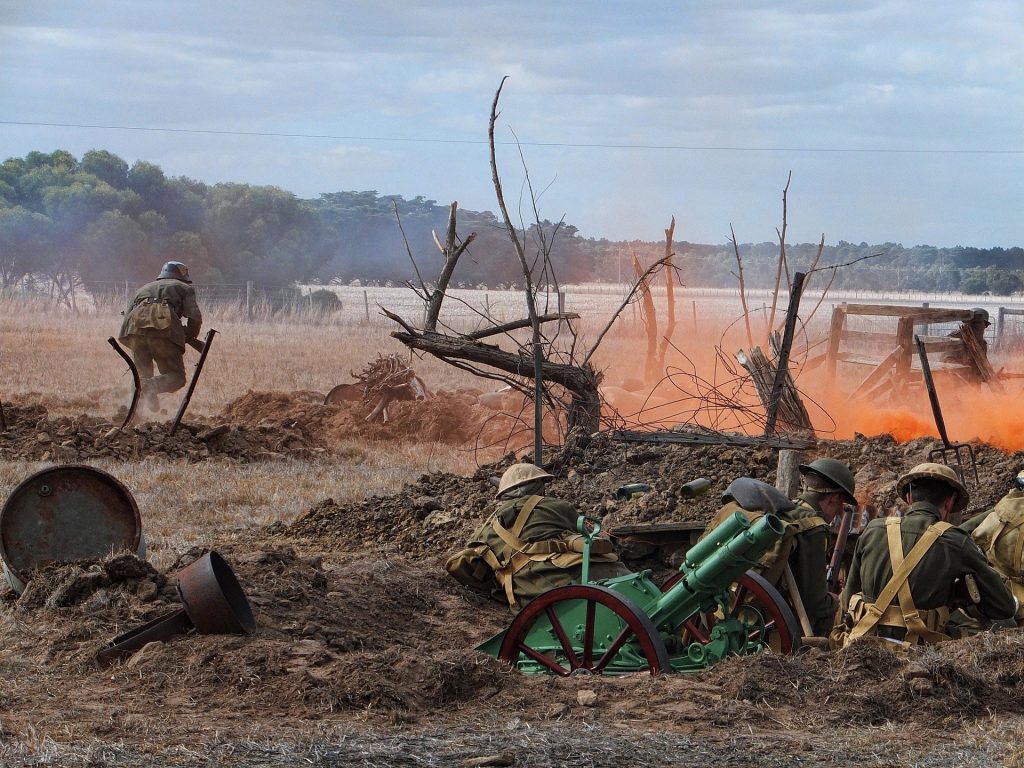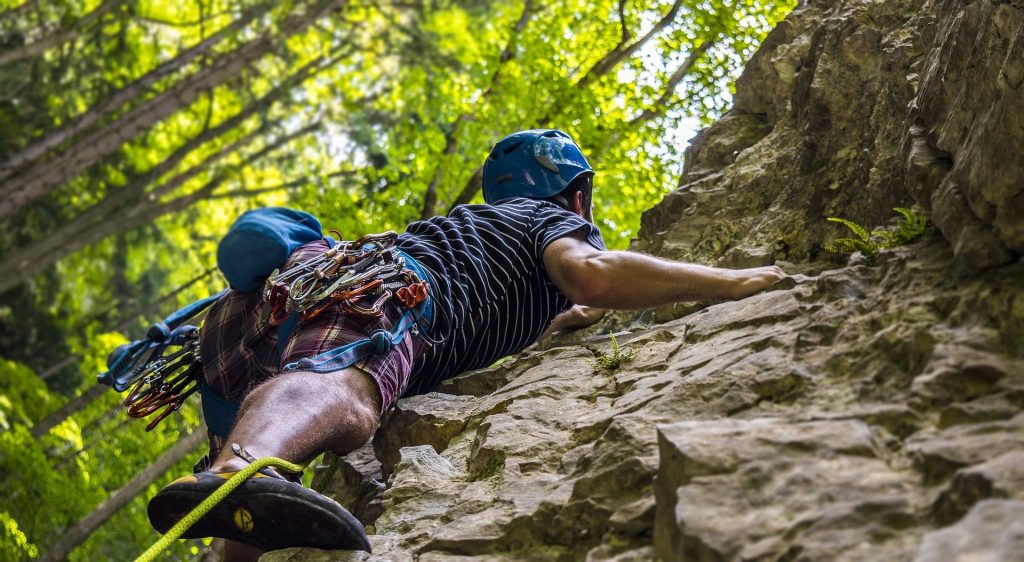The Importance of Using Photos in Your Memoirs
When you sit down to write your memoirs, you may wonder whether to use photos. After all, a picture is worth a thousand words, right? While that may be true, some important things to consider before including photos in your memoirs. In this blog post, we’ll explore the pros and cons of using pictures in your memoirs so that you can make an informed decision about what’s right for you. As a memoir writer, you have the unique opportunity to not only recount your memories but also to physically document them with photographs. Here are a few reasons photos can be vital to your writing.
The Pros of Using Photos in Your Memoirs
1. Photos Can Help to jog Your Memory
If you’re having trouble remembering specific details about a particular event in your life, looking at a photo from that period can help to jog your memory. This can be especially helpful if you’re writing about a time from childhood or adolescence when memories can be more challenging to recall.
2. Photos can provide a context for your story.
Besides helping you remember specific details, photos can also provide a context for the events you’re writing about. For example, if you’re writing about a European trip, a photo of you in front of the Eiffel Tower would provide some much-needed context for your reader.



3. Photos Can Help You Visualise Your Story
This can be helpful in writing and editing your memoir, as it can give you a better sense of your story and the overall flow and structure.
4. Photos Can Help to Bring Your Stories to Life
Let’s face it: words alone can sometimes be boring. Including photos in your memoir can also help to bring your stories to life for your readers. Seeing a photo of the house you grew up in, or the dress you wore to your high school prom, can help your readers to better visualise the scenes from your life that you’re describing.
5. Photos Can Help You Connect with Your Readers
If you include photos in your memoir, it’s likely because they hold some emotional significance for you. And suppose they have emotional meaning for you. In that case, there’s a good chance they’ll also hold emotional significance for your readers. Including photos can help you connect with your readers more personally and create a stronger emotional connection between you.
6. Photographs can also serve as their own standalone storytellers.
By capturing a moment in time, they can tell a unique and exciting story that engages the viewer. When done well, photographs can transport the viewer to another place and time and leave them with a lasting impression. When used with your written words, they can help to paint a complete picture (literally) of the past for your readers. They can show a moment that speaks to the reader/viewer. A well-told photograph can stand independently, regardless of who is in it.
7. Capture the mood, feel, and importance of an event
A well-chosen photo can capture the feeling or mood of an event far better than words ever could. If you’re struggling to describe a particular moment in your memoirs, including a photo can do the job for you.
The Cons of Using Photos in Your Memoirs
1. Not All Stories Need Photos
While including photos in your memoir can be helpful, it’s important to remember that not all stories need photos. Adding a photo can take away from the story you’re trying to tell. If a particular story doesn’t benefit from including a photo, it’s best to leave it out.
2. You May Not Have Access to Photos
Another potential downside of using photos in your memoir is that you may not always have access to the photos you want to include. For example, suppose you’re writing about childhood memories. In that case, you may not have any pictures from that time if they were lost or destroyed over the years.
3. Some Stories Are Better Told Without Photos
Sometimes, using a photo can actually make a story less potent than it would be without one. For example, if you’re writing about a challenging experience such as the death of a loved one, adding a photo of the person who died can be too painful for some readers. It may take away from the emotional impact of your story.
4. Including Too Many Photos Can Be Overwhelming for Readers
If you choose to include photos in your memoir, it’s important not to go overboard. One or two photos per chapter are plenty. Any more than that, your readers may feel overwhelmed by all the visuals and lose track of the story you’re trying to tell.
5. Not everyone shares your memories.
While looking at photos can help jog your own memories, not everyone who reads your memoir will have the same memories as you do. In fact, some readers may find that looking at photos makes it harder for them to follow along with your story.
6. Photos can be distracting.
Another downside of photos in your memoir is that they can distract readers. Suppose a picture is placed in the middle of a particularly gripping scene. In that case, it could disrupt the flow of the story and cause readers to lose interest.
7. Copyright
Do you own the copyright to the photo (or if there are other people in the photo), you could be sued for infringement. To avoid this potential issue, only use photos that you have taken yourself or that are public domain
8. Space
Another potential downside to using photos is that they can take up a lot of space. If you’re self-publishing your memoirs, this could increase printing costs. Finally, depending on how you’re self-publishing your memoirs (e.g., as an eBook), it may be challenging to format images correctly.
9. Con: Photos Can Be Misleading
Another potential downside of using photos in your memoir is that they can be misleading. A photo can only capture one moment in time, and it’s often impossible to know what was happening outside of that frame. A photo can give your readers a false impression of what was happening when it was taken, which could ultimately distort their understanding of your story.
10. Photos Can Be Emotionally Charged
Looking at specific photos can bring up old emotions and memories that might not apply to the story you’re trying to tell. This can be distracting and overwhelming for you as the writer and your readers.
Conclusion
As you can see, there are both pros and cons to using photos in your memoirs. Ultimately, the decision is yours based on what’s important to you and what will work best for your particular story. If you decide to use photos, just be sure to protect yourself from copyright infringement claims by only using images that you have taken or that are public domain. If you’re thinking of incorporating photos into your writing, keep the above points in mind—and have fun! Photographs can be a powerful addition to any memoir when used thoughtfully and correctly.
All the images used in this blog post have come from pixabay.
- Venice – Lukas Prudil from Pixabay“>Lukas Purdil
- Bus – Tony Phelps from Pixabay“>Tony Phelps
